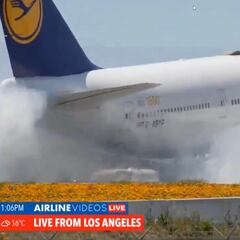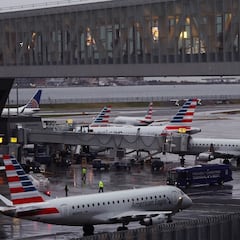How is turbulence formed and why is it dangerous?
A recent London to Singapore encountered turbulence serious enough to kill one person and wound a dozen. What is it?


Turbulence is a major hazard for aviation, especially on long-haul flights like a recent London to Singapore journey, injuring a number of passengers and killing one.
“Injuries from severe turbulence are relatively rare in the context of millions of flights operated. However, severe turbulence can be dramatic and lead to severe injuries or sadly in this case a fatality,” John Strickland, a general aviation expert, told the BBC.
Turbulence is formed through various mechanisms, including wind shear, thunderstorms, and interactions with terrain. Research has shown these issues are being exacerbated by climate change, increasing the frequency and strength of turbulence.
How turbulence is formed
One of the most dangerous types of turbulence is caused by wind shear, which occurs when layers of air flow at different velocities. This can lead to abrupt changes in altitude and attitude, potentially throwing an aircraft momentarily out of control.
Thunderstorms are another major source of turbulence, with strong updrafts and downdrafts capable of displacing an aircraft by thousands of feet. The most severe turbulence is usually found near the mid-levels of a thunderstorm, between 12,000 and 20,000 feet.
Mechanical turbulence is caused by the interaction of wind with terrain and obstacles, creating eddies and gusts. The intensity depends on wind speed, terrain roughness, and atmospheric stability. Mountains can generate severe turbulence on their leeward side, with strong vertical flows reaching up to 70,000 feet.
The danger of turbulence in the air
Related stories
The most common danger is injuries from falling, especially when moving around the cabin. Other injuries can be caused by having the seatbelt unfastened and hitting one’s head on the ceiling. Pilots do their best to avoid severe turbulence, but it is not always possible to predict or avoid it entirely despite training. It is not yet clear what caused the injuries in the London to Singapore flight..
At its strongest, turbluence can even damage aircraft and cause them to lose control.

